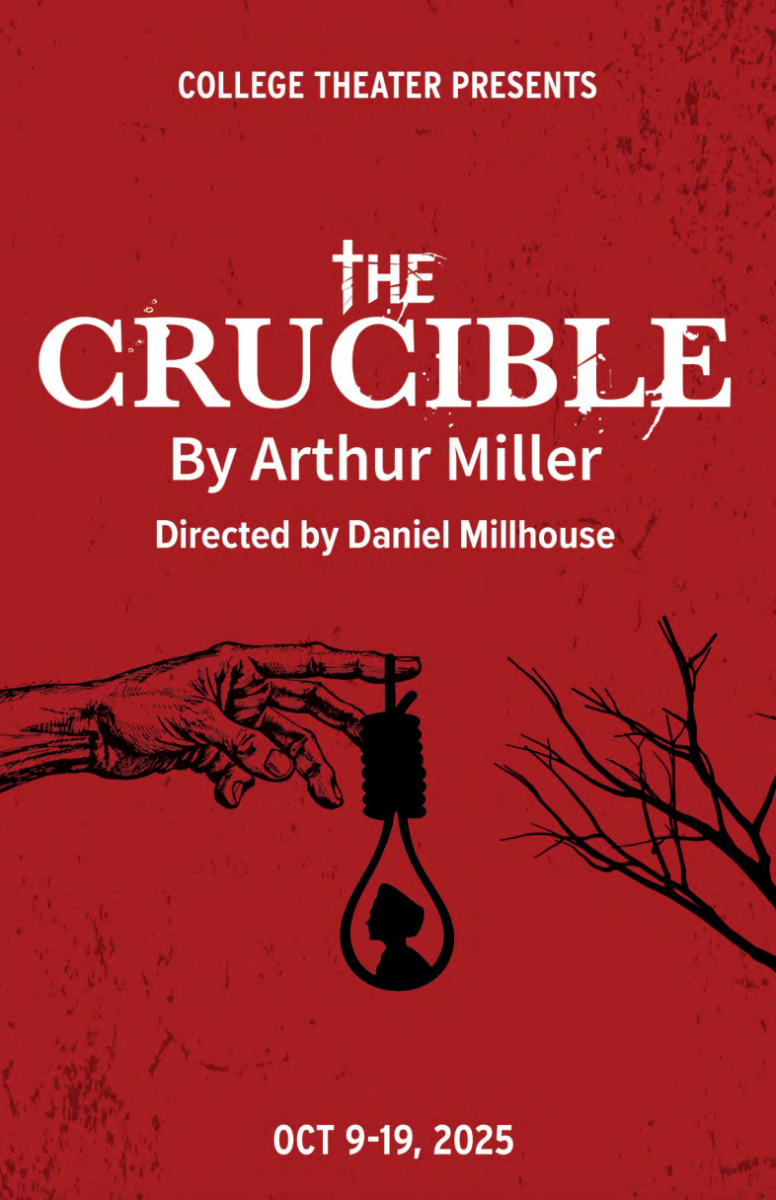If you look at any anatomy textbook, you will find thousands of detailed drawings of the human body. In the ancient world, doctors would draw biologically accurate yet beautiful pictures of herbs and medicinals. As such, nature art has been a longstanding tradition for conserving knowledge.
For College of DuPage graphic design professor and nature artist Kimberly Mullarkey, botanical art shares a similar means of preservation and protection. In her recent presentation at the Homer Township Public Library, Mullarkey led her audience through the history of nature artistry and showcased her own portfolio of work.
From landscapes and scientifically accurate species drawings to even tarot cards, Mullarkey has consistently recorded the changes in the natural world. Her inspiration comes from the forgotten parts of the environment, such as deer bones and cicada shells.
“I have always collected stuff — dead things I find on the road, little bits of nature, skeletons, bones and pods. So that’s a lot of what you see in my work,” says Mullarkey. “I find beauty in these things that are passed by. So, I am always picking up stuff. My studio is filled with my inspiration”
However, Mullarkey often finds that these mundane pieces of nature are symbolic of larger forces occurring in our world. Mullarkey stays well connected with literature and media, applying her artistry to the ideas she reads about.
“I read something and then months later (or even longer), something makes me think of the article because I see a connection or similarities between the [article and an object of nature],” says Mullarkey. “Then there is a period of gestation. When I start the pieces often more research is involved. After that, I might do brainstorming exercises and definitely thumbnails to work out my composition. Then, I start on the final piece.”
Depending on the subject, Mullarkey sets up her pieces of nature in her studio or draws from a picture that she has taken of her subject, especially as plants can quickly wilt or die. Oftentimes, she starts with a rough carbon pencil outline of her subject before adding in more detail.
In Mullarkey’s charcoal drawing, Whirling Dervish I, the viewer can see her artistic process, right down to the initial sketches underneath the detail of the compass plant, a native prairie plant.

“At the end of the season, it does this beautiful turning that is just gorgeous,” says Mullarkey. “I was reading about the whirling dervishes, which are, for the Sufis, a dance that they do. They dance with one hand up, inviting God to them and the other hand is down to the ground, in which the spirit goes back through them into the ground. And so for this, as I was reading about it in the Smithsonian, I was also hanging out in the prairie and seeing this plant and loving this plant and thinking it was a whirling dervish.”
For Mullarkey, art is also a deeply physical practice, as she tries to capture the movement of nature. When completing Whirling Dervish I, it required her to express human movement as well.
“Charcoal allows me to work bigger and looser. When I push that charcoal (into the paper), I can get it in the fibers of the paper and get richer darks,” she said.
I did as much as I could of the dance from the little bit that I read about it to get the feel of it. And then on the back of my paper, I just made these very loose gestural marks, mimicking the dance, and then drew the compass plant on top,” Mullarkey concluded.
She also particularly enjoys creating very detailed work with colored pencils. Mullarkey is a member of the Colored Pencil Society of America. However, she also employs Northern Renaissance techniques, which she learned during a 6-month study under Patrick Betaudier in France.

One of her drawings, Sacred Union, is a detailed representation of the relationship between humans and nature. The black background accentuates the vibrancy of the colored pencils, heightening the connection between the human rib cage and the bug wing. It is in the collection of the Morton Arboretum.
“Ignorance and indifference – that’s how I feel we’ve been treating the environment for so many years,” says Mullarkey. “As long as we keep thinking we are separate from nature, then we don’t take care of it. We take care of our own, we take care of our kids and our family, but we don’t always think about nature.”
In addition to her portfolio and commissions, Mullarkey is passionate about teaching others. While she teaches Drawing for Design (GRDSN 1100) at COD, Mullarkey also runs Botanical Art classes at the Morton Arboretum and the Chicago Botanic Gardens.
Mullarkey earned a Bachelor’s in Fine Arts from UC Santa Cruz and a Master’s in Fine Arts from Northern Illinois University. She was also an Artist-in-Residence at Michigan’s Isle Royale National Park in 2009. Mullarkey can be contacted at [email protected].









